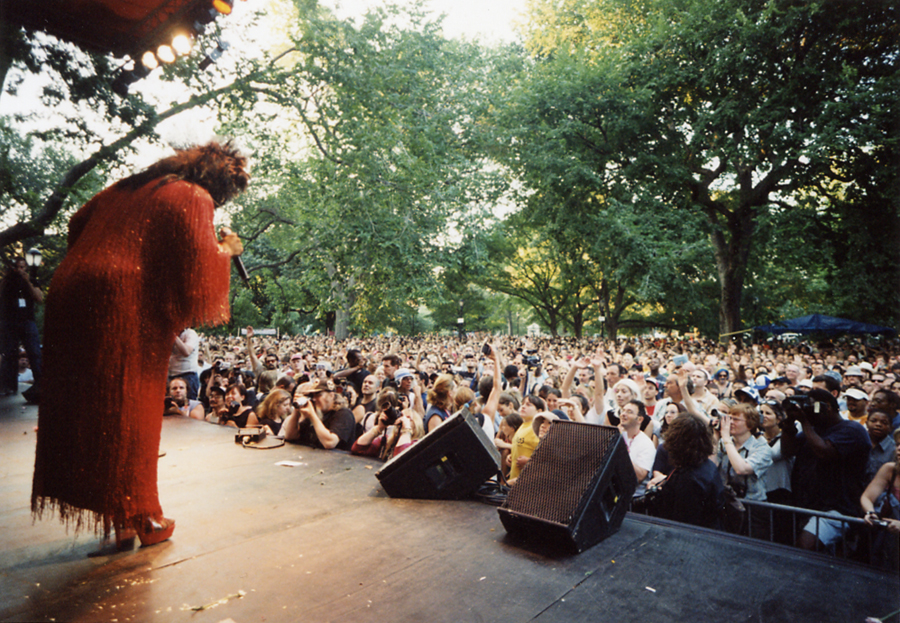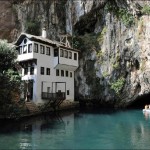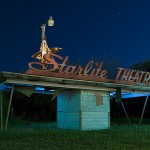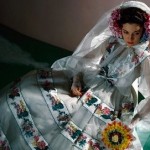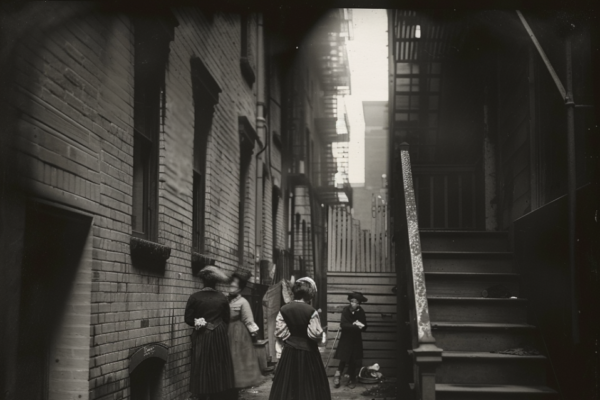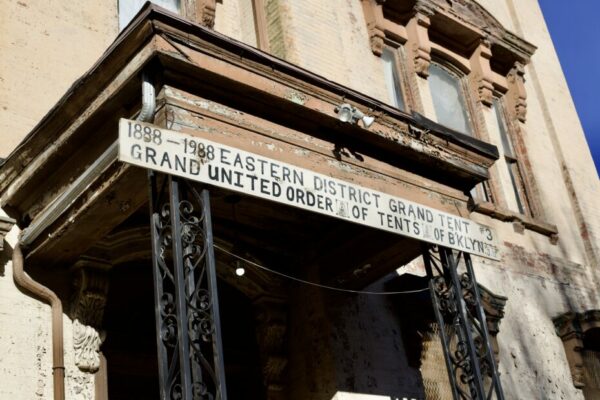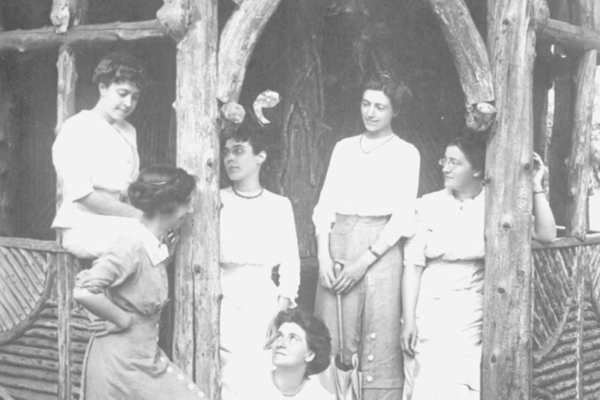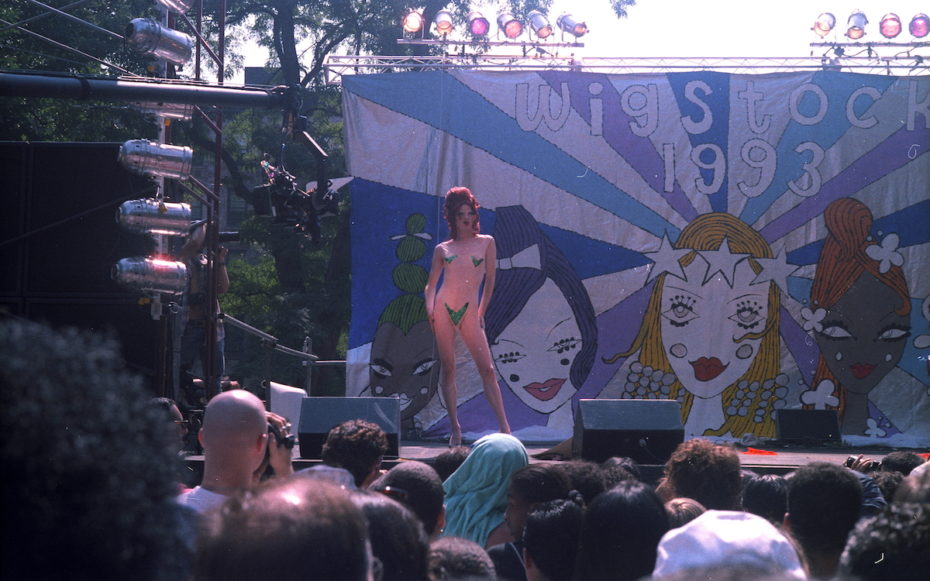
It was the drag world’s biggest block party. From the heat of 1980s New York, equal parts glitter and grime, the “Wigstock” festival exploded onto the streets as a place for queens to hold court when no one else would have them. Today, watching jaw-dropping drag is as easy as going online or turning on your TV. But in 1987, you had to trek to Manhattan’s Pier 17. In honour of the bedazzled path paved by the queens of yore, we’re taking a trip down memory lane through some of the festival’s greatest years…
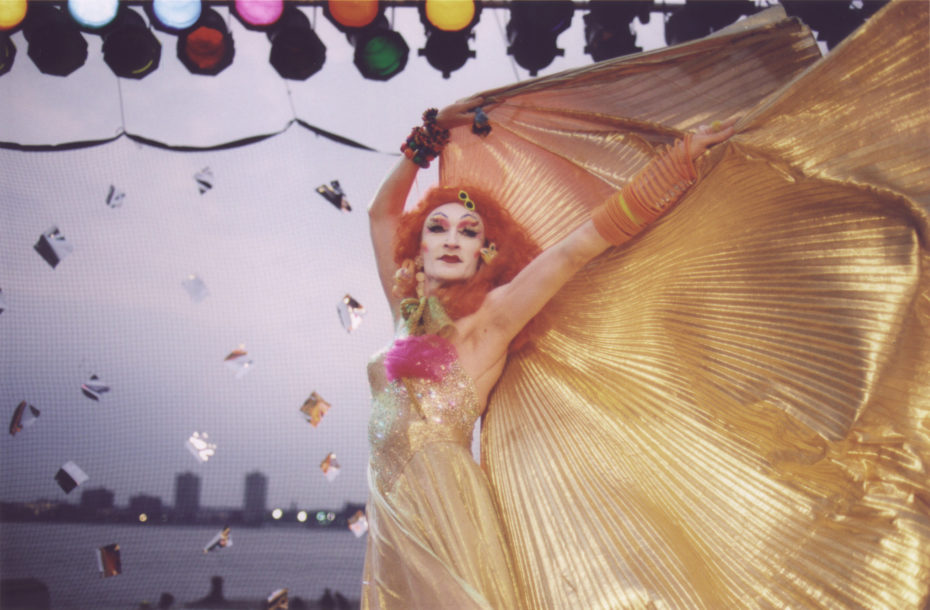
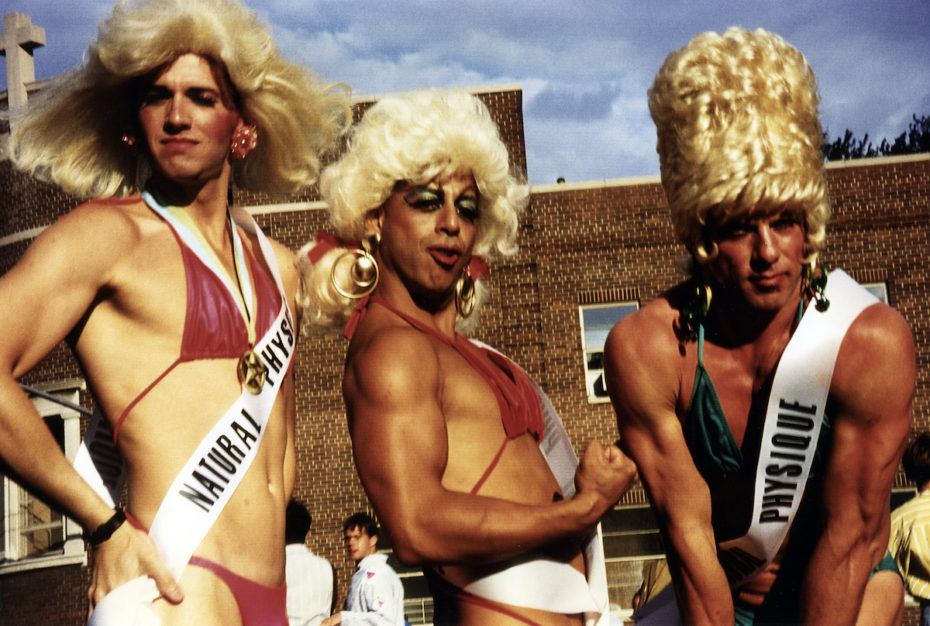
The idea was born in a genius, drunken stupor one night in 1984, when the now legendary drag queen Lady Bunny and her friends stumbled out of the East Village’s Pyramid Club – which is still a great place to dance yourself into oblivion, by the way – and headed to Tompkin’s Square Park, which was the heart of the then gritty neighbourhood. Whilst drunkenly frolicking around its empty band shell, the group of queens put on an improvised show for a few lingering homeless persons. Lady Bunny jokingly called it “Wigstock”, a play on the 1969 festival. The next day, hangover be damned, she realised that the concept was pretty great. The energy was there, and the number of queens hungry to perform in the city was growing. The Wigstock wheels officially went into motion…
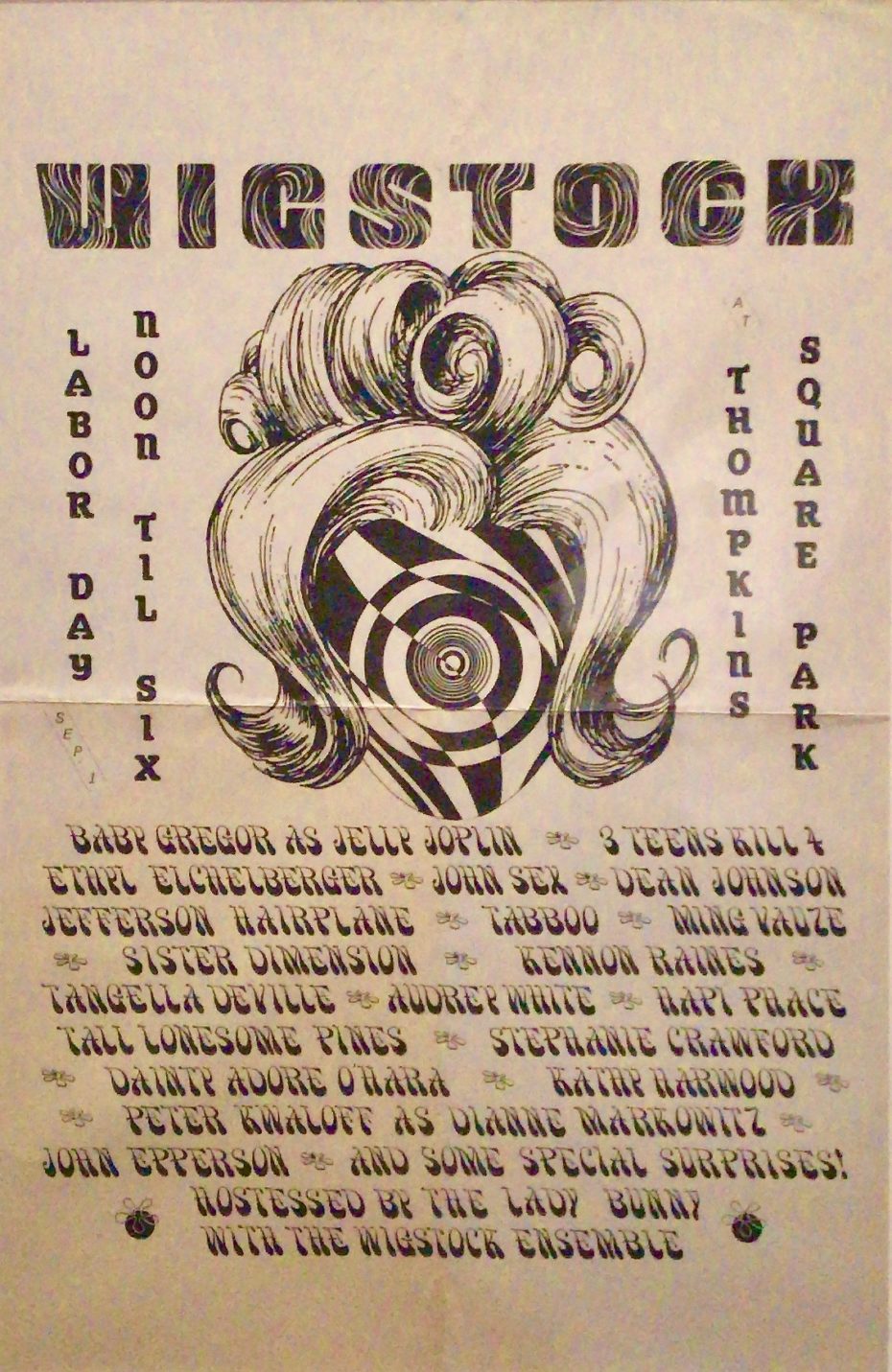
If it weren’t for Lady Bunny’s gusto, the day long festival might’ve never happened. She got all the permits necessary in the coming year, and arranged the lineup for a proper set to take place in Tompkins Square in 1985. She sang a “jazzed-up version of ‘I Feel The Earth Move,'” explains the event’s archival site, “wearing a black double-knit rhinestone-studded pants suit with chain belt and platform wedgies”. There were acts by Tabboo!, John Sex, and Wendy Wild; Sister Dimension, The Fleshtones, and anyone else with a wig and something to sing.
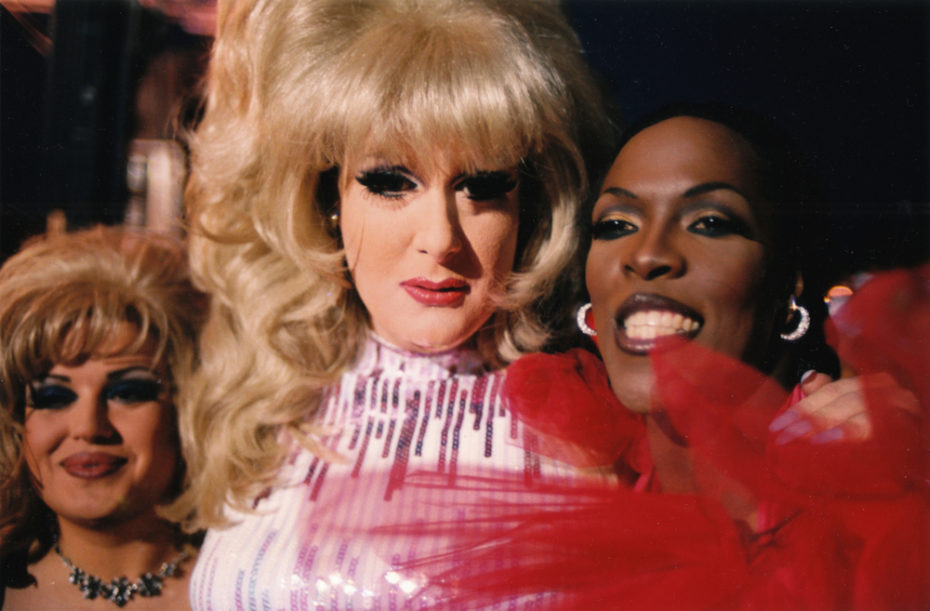
The first years of the festival were peak camp. Meaning, the pointed satire at Woodstock was taken very seriously; there was an over-the-top rendition of Joni Mitchell’s “Woodstock” anthem, and even a documentary maker who captured 20-minutes of the festival in the same, candid spirit of the Woodstock film. For the queens, it was a scrapbook of sorts. Today, it’s like cracking open a wickedly fun, cultural time capsule:
In the ’90s, Giuliani pushed the festival out of the park in the fear it would stir up too much visible, grassroots organising. Lady Bunny retaliated by setting up shop at Pier 17, where the summer festival continued to attract not just local queens and LGBTQ folks from across the country.
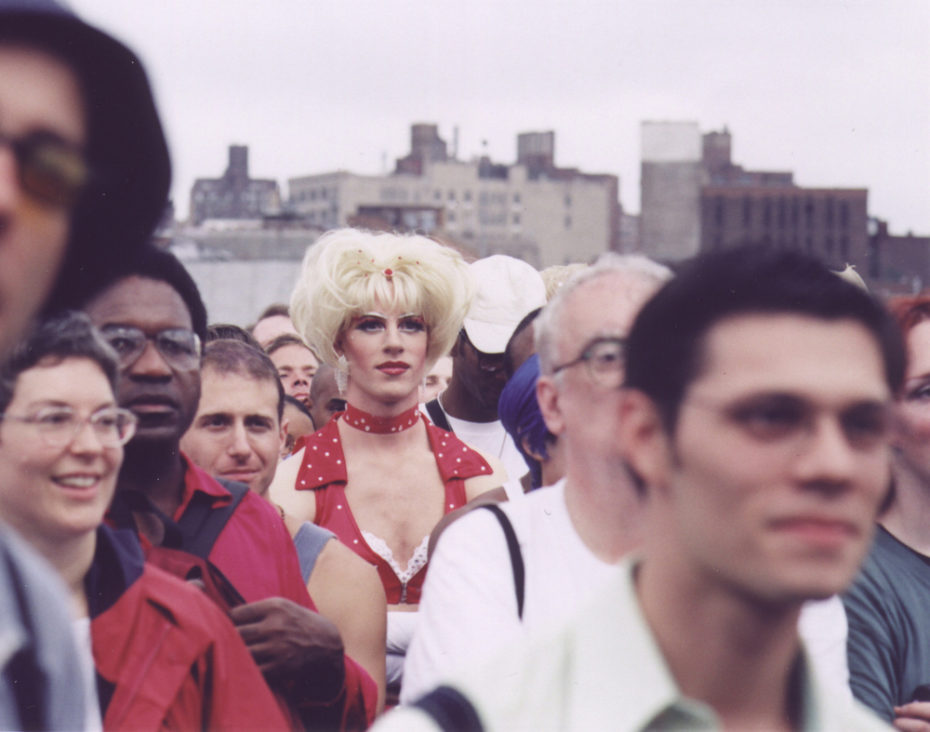
If you couldn’t be out and proud, you could be out and proud in the crowd at Wigstock. That’s what makes the photos from the festival so interesting, they’re a melting pot of seasoned queens, cross-dressing amateurs, and the simply curious. So let’s crack open that scrapbook:
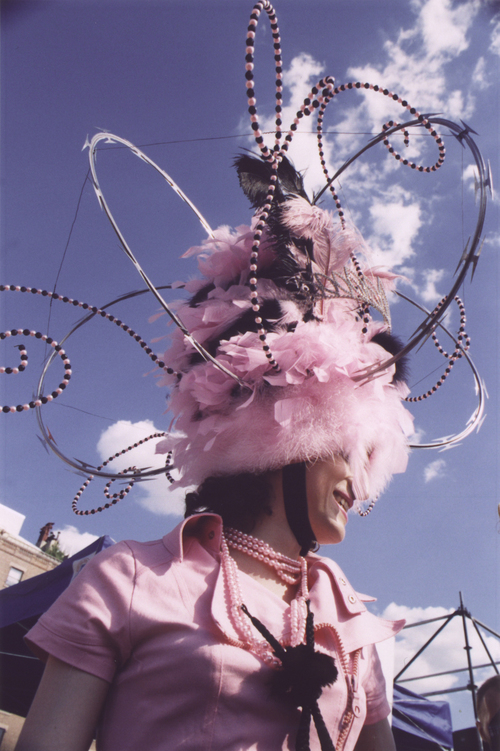
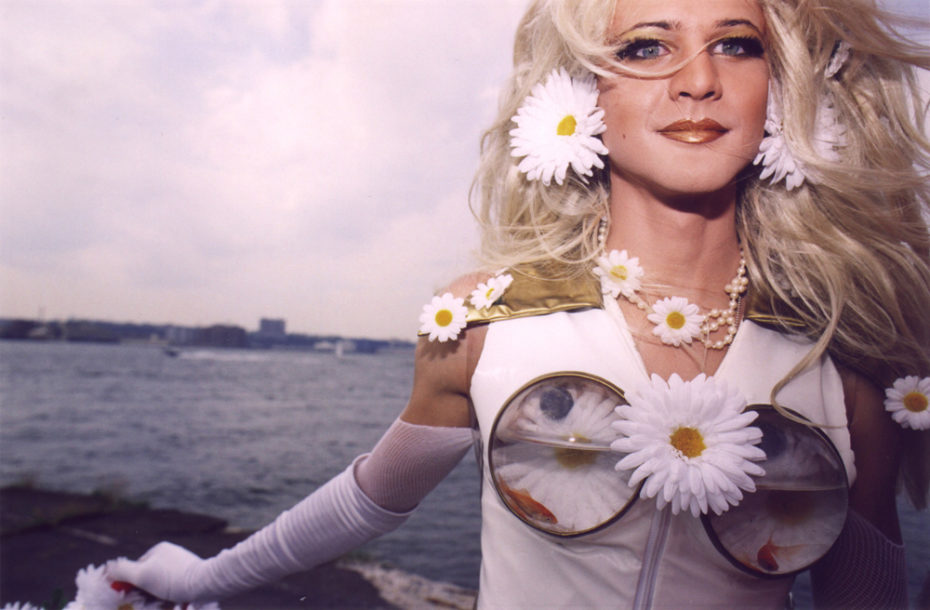
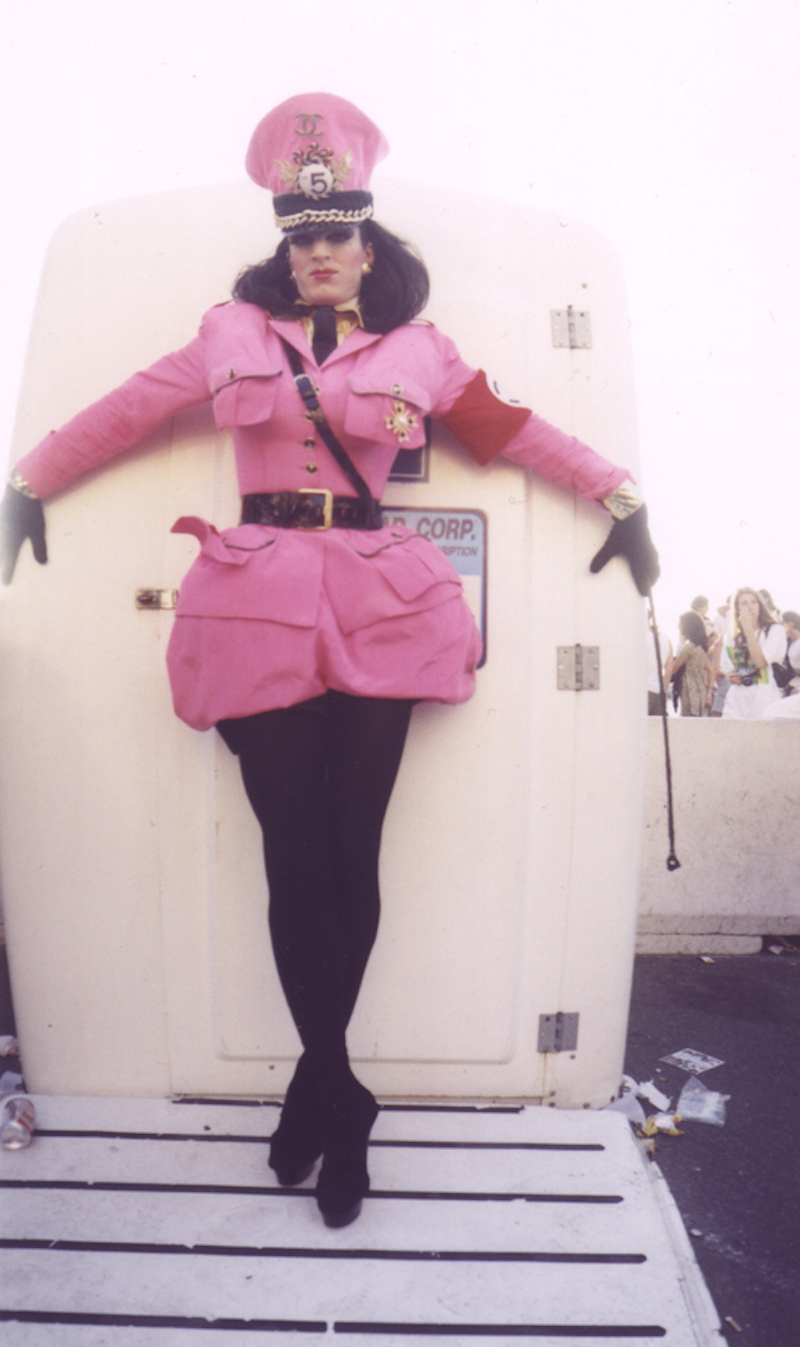
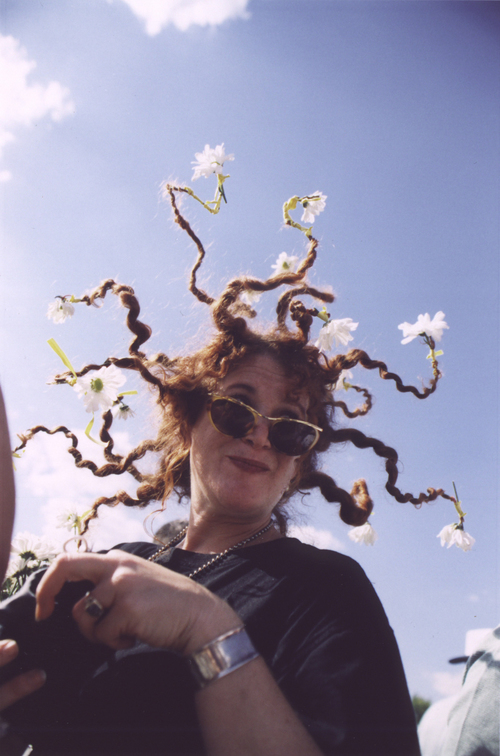
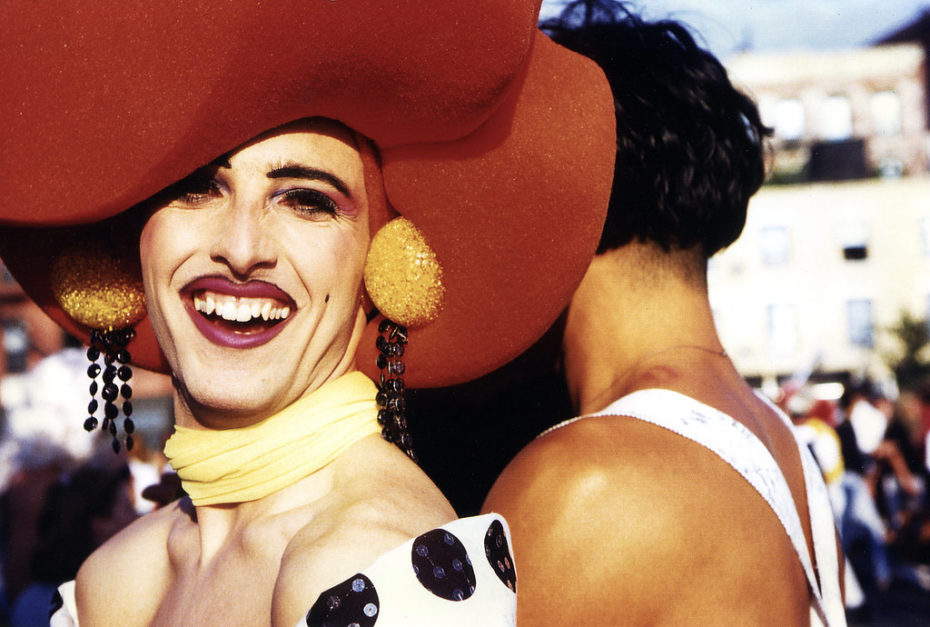
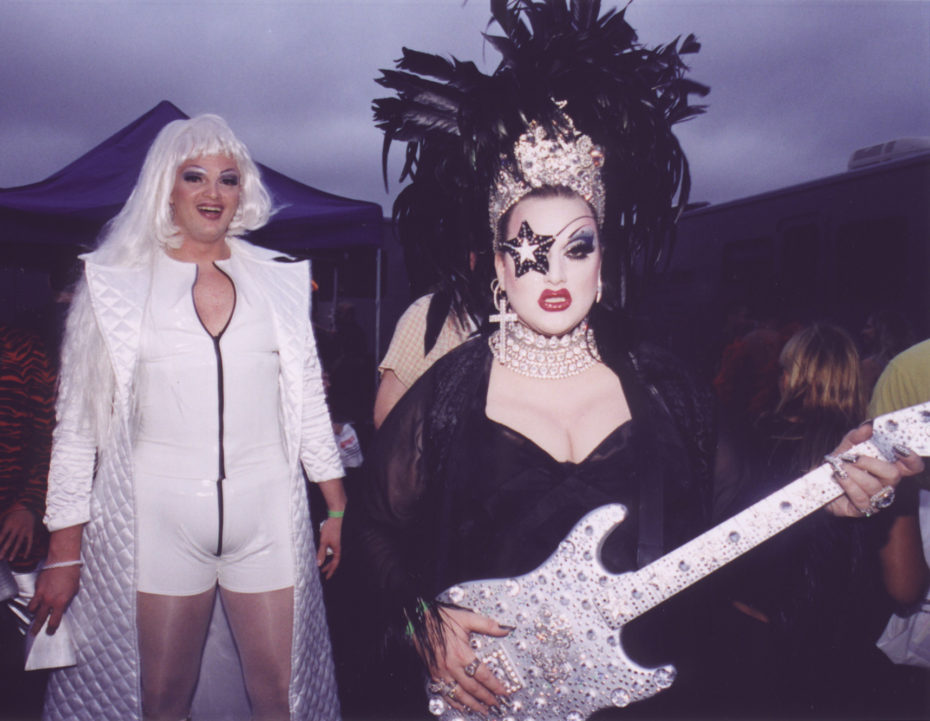
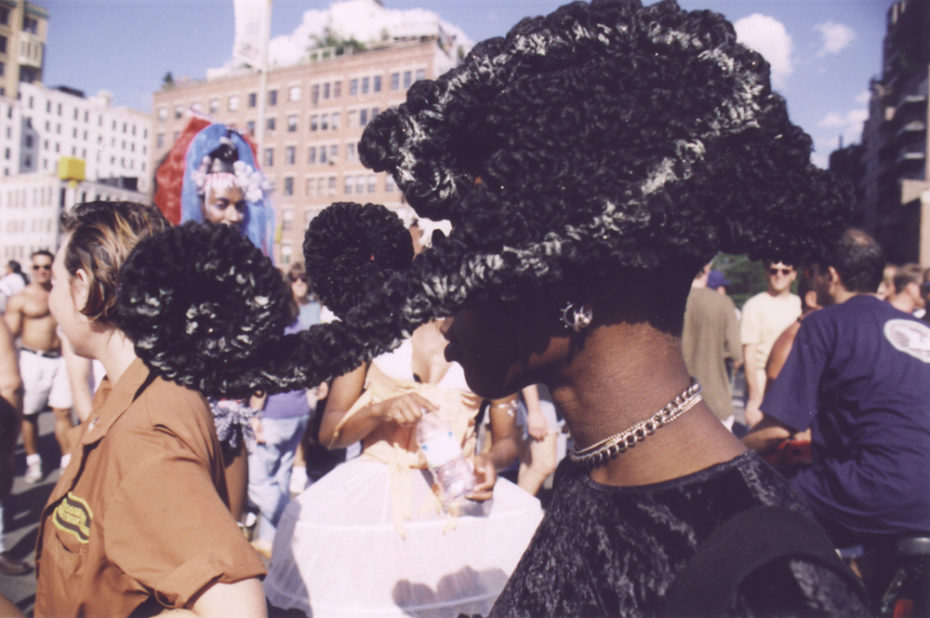
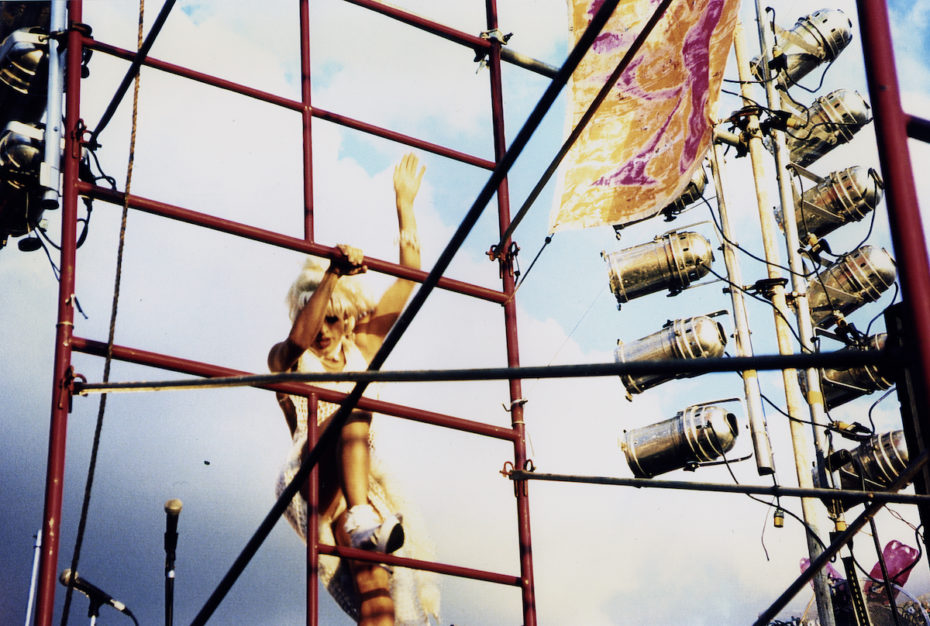
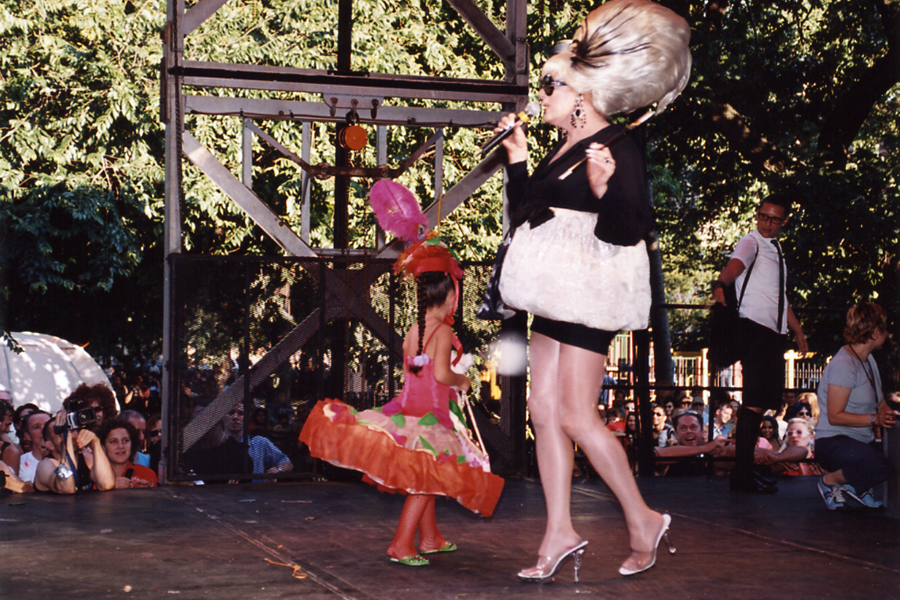
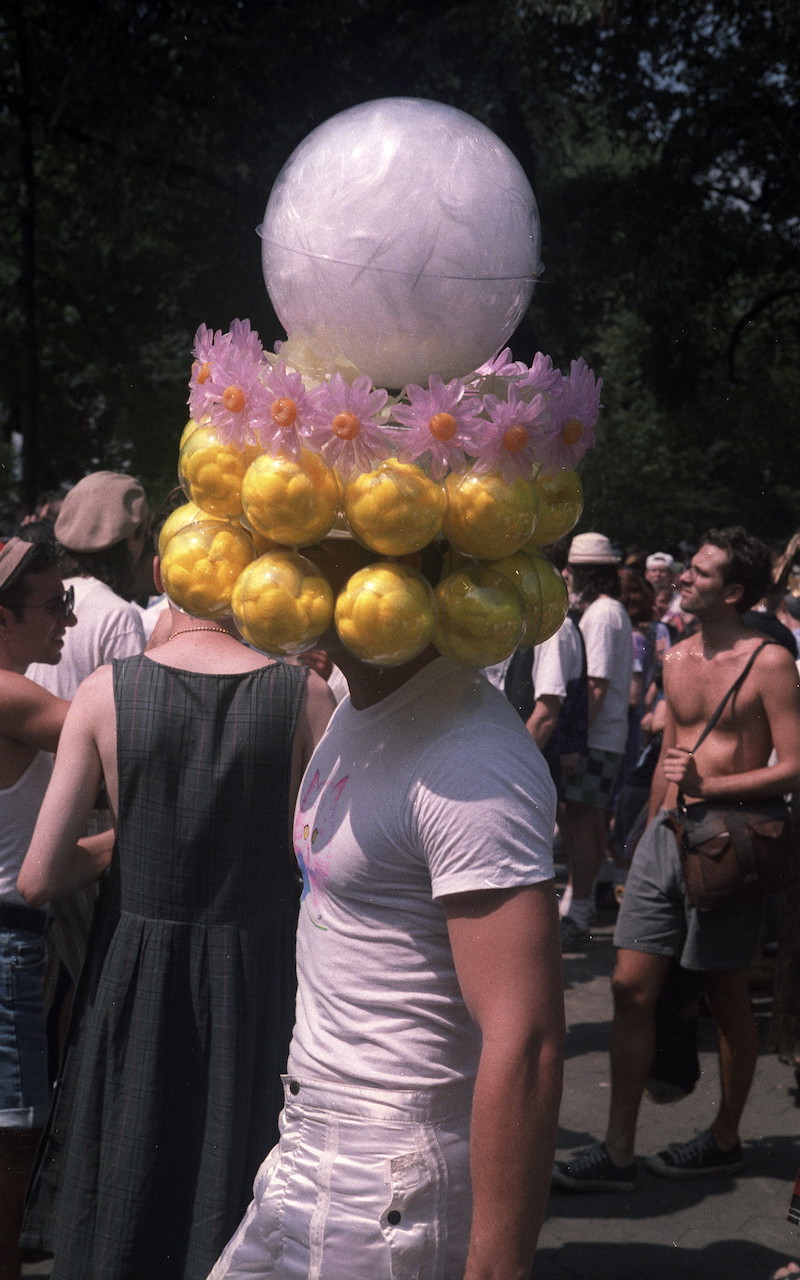
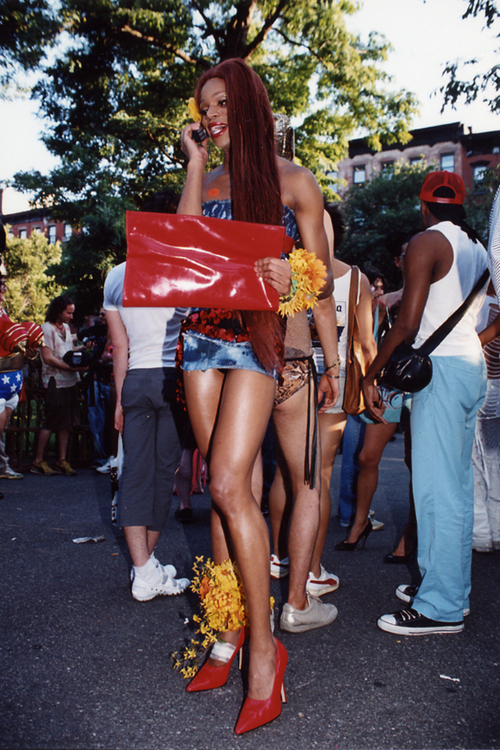
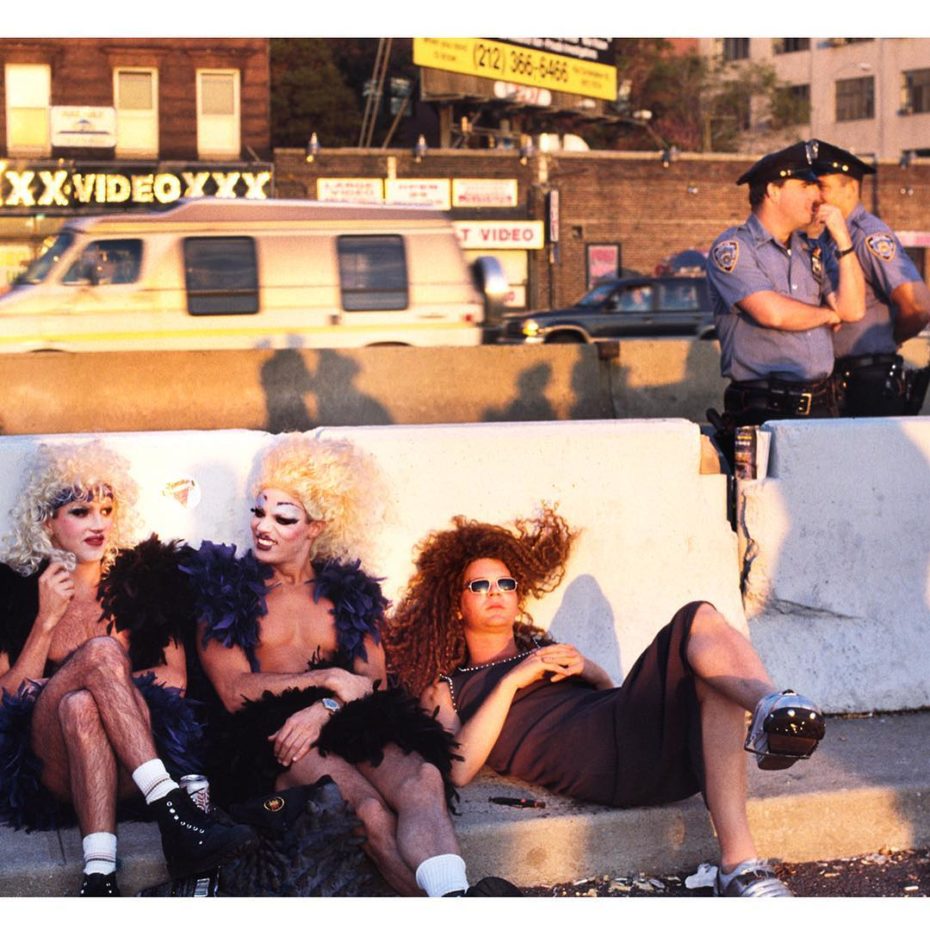
Wigstock was the city’s dirty little Garden of Eden, a day that became less about parodying hippie songs and more about letting your freak flag fly. Even the media couldn’t deny the feel-good power of the event, although the language in those early reviews shows how far we’ve come in LGBTQ representation in the media – and we’re not talking about bigoted comments (let’s leave those in the bin), we’re talking about the newborn fascination of it all.
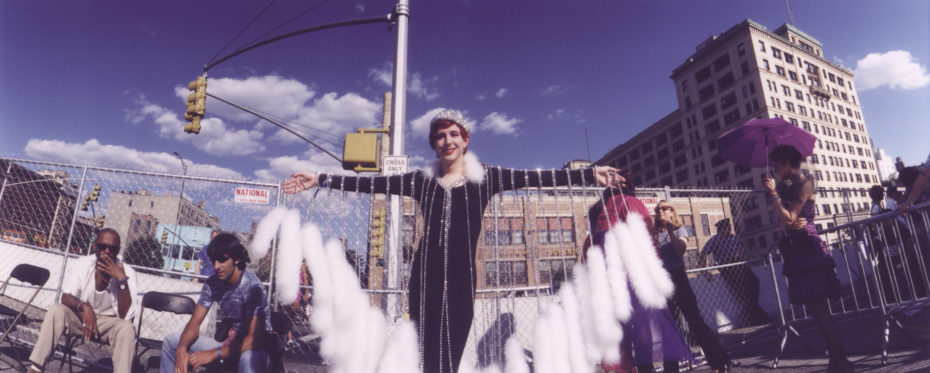
One 1995 New York Times review wrote, “The singing and lip-synching men onstage wear mountainous blue and pink wigs.” It holds the reader’s hand as it walks them through the anatomy of a drag show, “[There are] sequins to spare, and the audience is almost as fantastically glamorized. A distant cousin to the Halloween parade in Greenwich Village, Wigstock is good-natured, campy fun”. You can say that again.
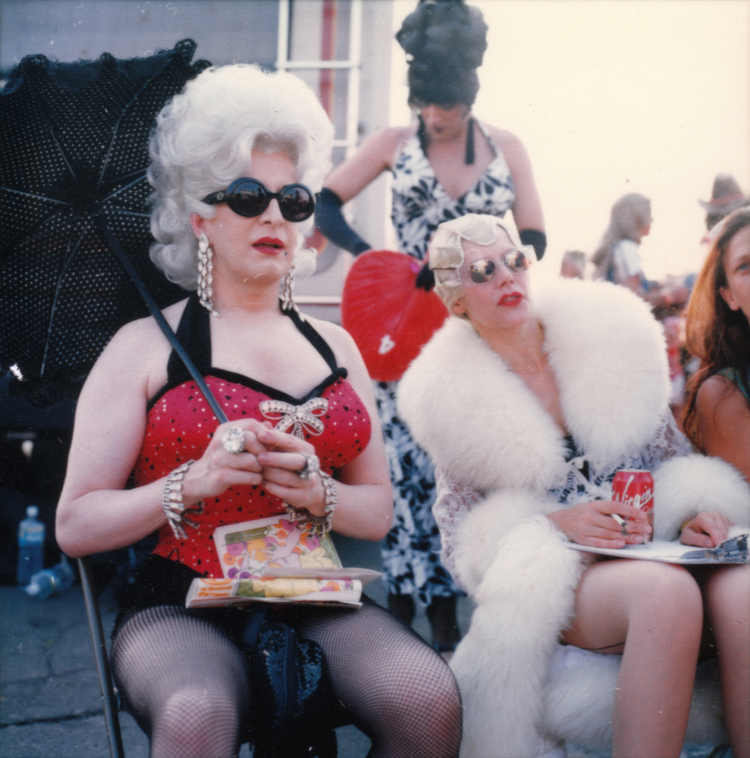
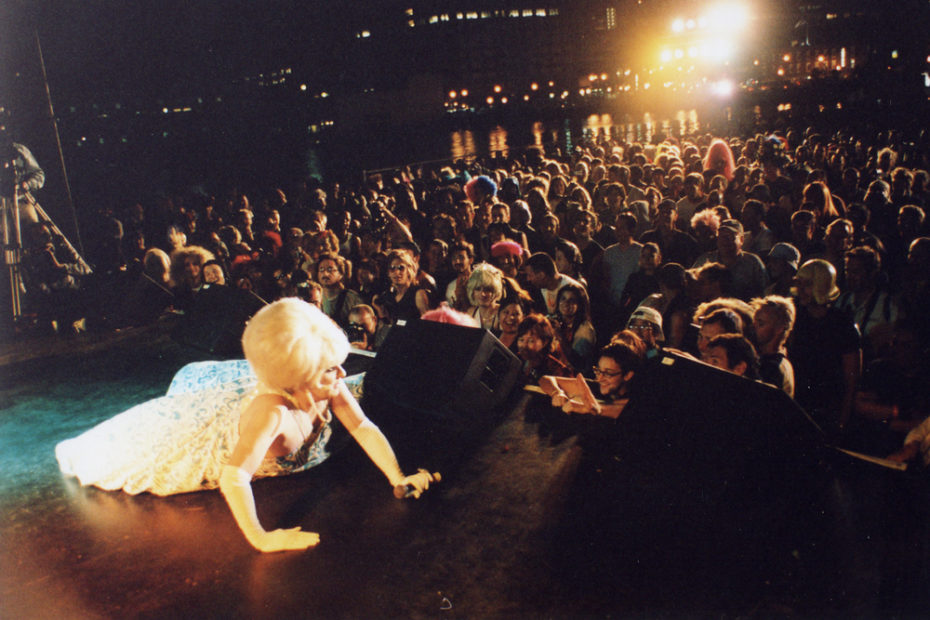
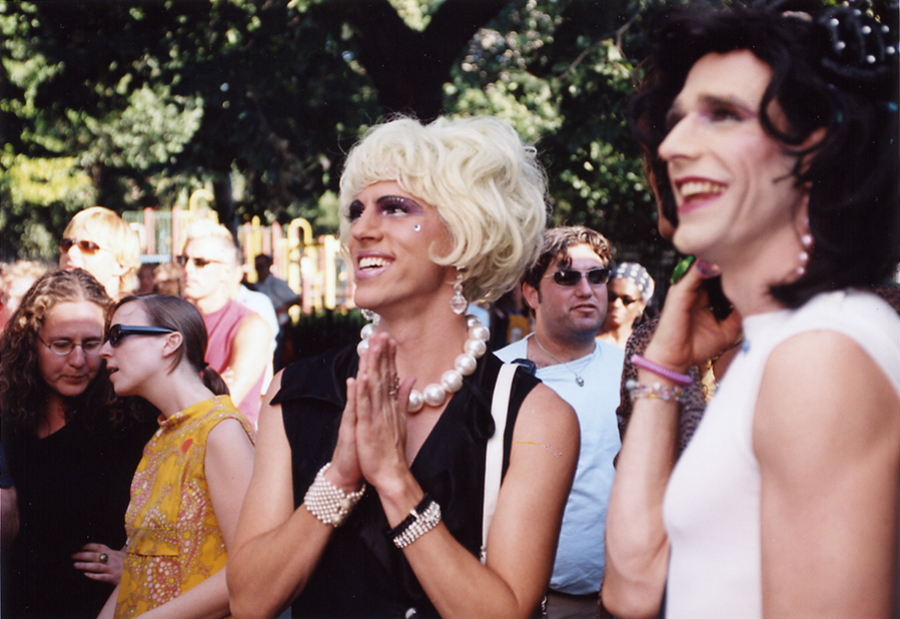
Come the late ’90s, there were over 50,000 people in attendance. The venues would change, but the energy was always there. Over the years, entertainment legends graced its stage, or were fostered under its spotlight; a member of the B-52s played, as did numerous other cult bands.
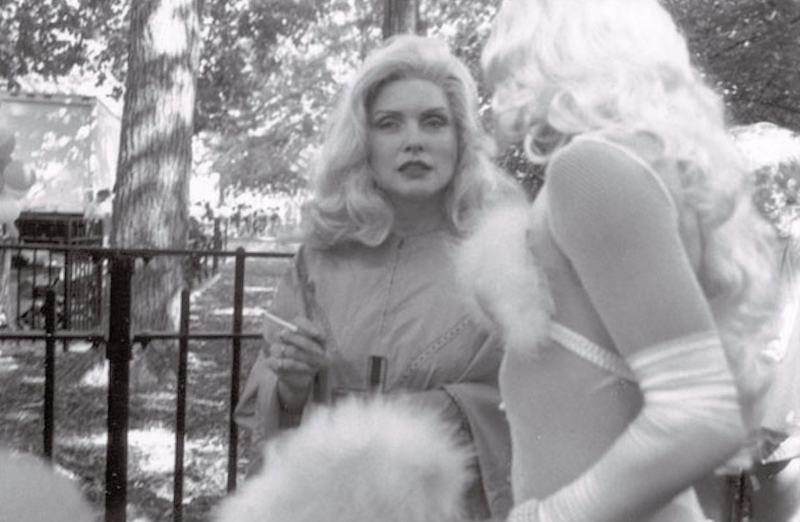
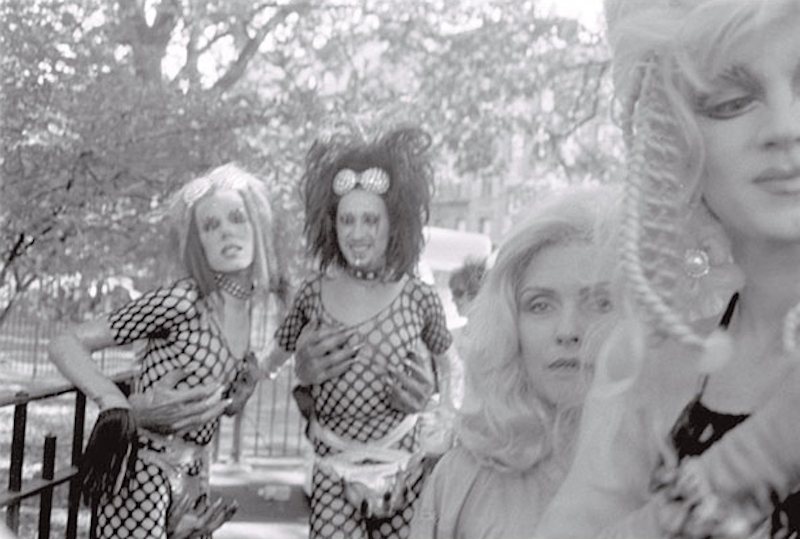
And yes, that is the one and only Debbie Harry you’ve spotted, who made several appearances on-stage at the festival. Here she is in attendance at the 1994 Wigstock:
RuPaul, Lahoma Van Zandt, and Lady Bunny performed as “Starguard,” a group of babes from outer space who sprang out of a cardboard-box spaceship to spit spicy, intergalactic wisdom.
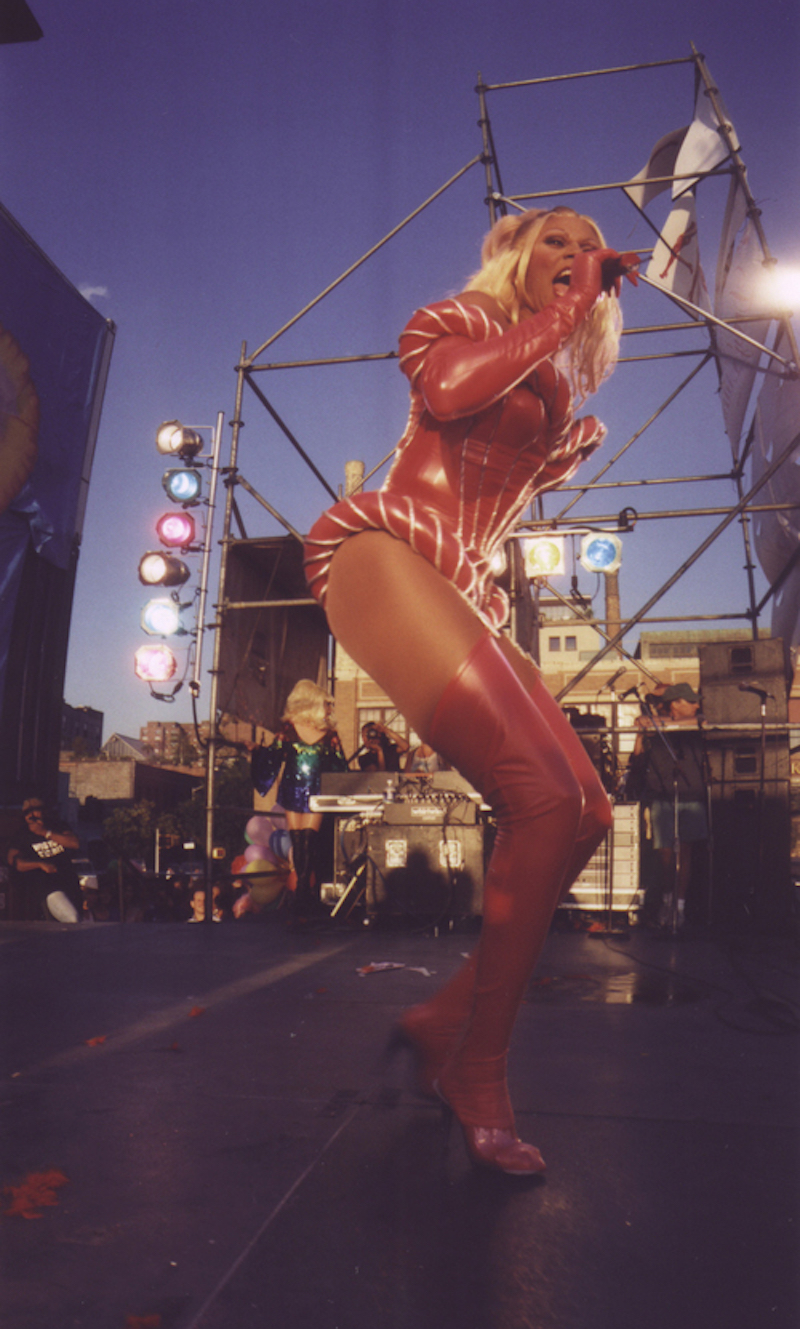
Sadly, due to the sheer energy and resources needed to keep the festival going on its required 10,00000 horsepower, Lady Bunny announced that the 2001 festival would be its swan song.
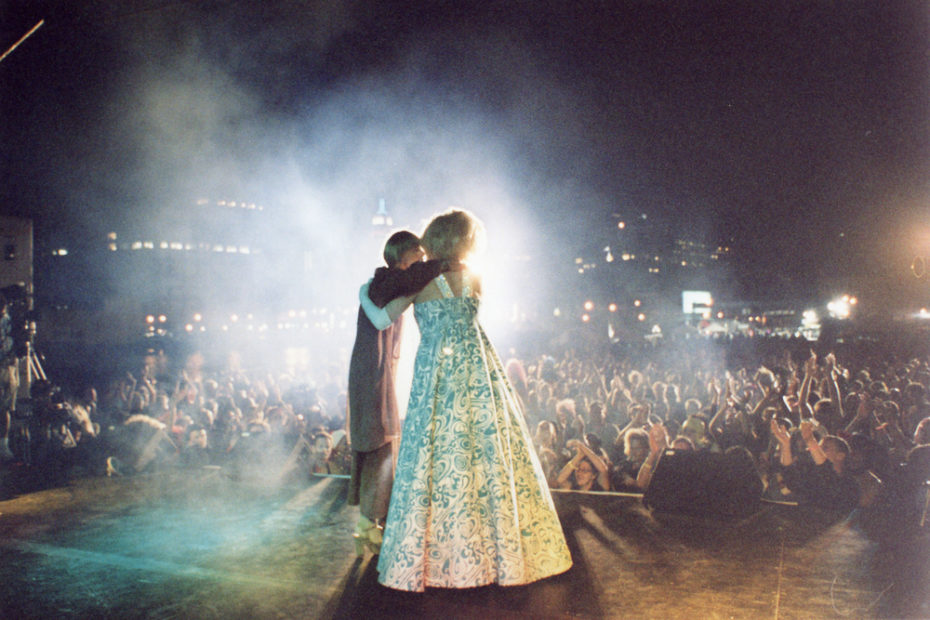
These days, “Wigstock” is finally getting the credit it always deserved as a launching pad for the acceptance and franchisable-ness of drag. In May of 2019, it was part of the origin story for the Met Gala theme. It’s to be expected when, on the popular US show Broad City, TV characters casually stroll into a “Drag Brunch” in Manhattan. Wigstock spirit is everywhere, and it’s kind of a beautiful thing. In fact, in Summer ’18 it was reignited after an almost two decade hiatus by Lady Bunny and Neal Patrick Harris. Once again, queens were summoned from far and wide to paint their faces, push up their busoms, and let the music play.
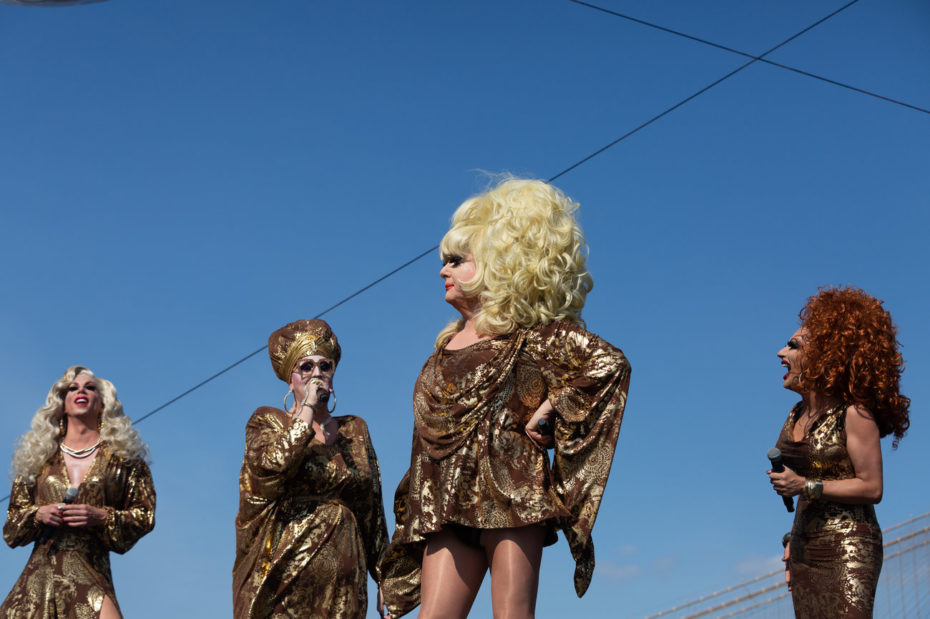
One of the event’s cofounders, Harris’ partner David Burtka, told media outlets that he wanted the fleeting festival to be a lesson for the next generation of drag queens, and drag fans: it’s not always about the competition. It’s about creation, and community. This Pride Month, we raise a glass to drag’s dirty past, from the dive bars to the back alley theatres; to the main stage stage of RuPaul’s Drag Race, but above all, to that fateful, empty bandshell at Tompkins Park.
